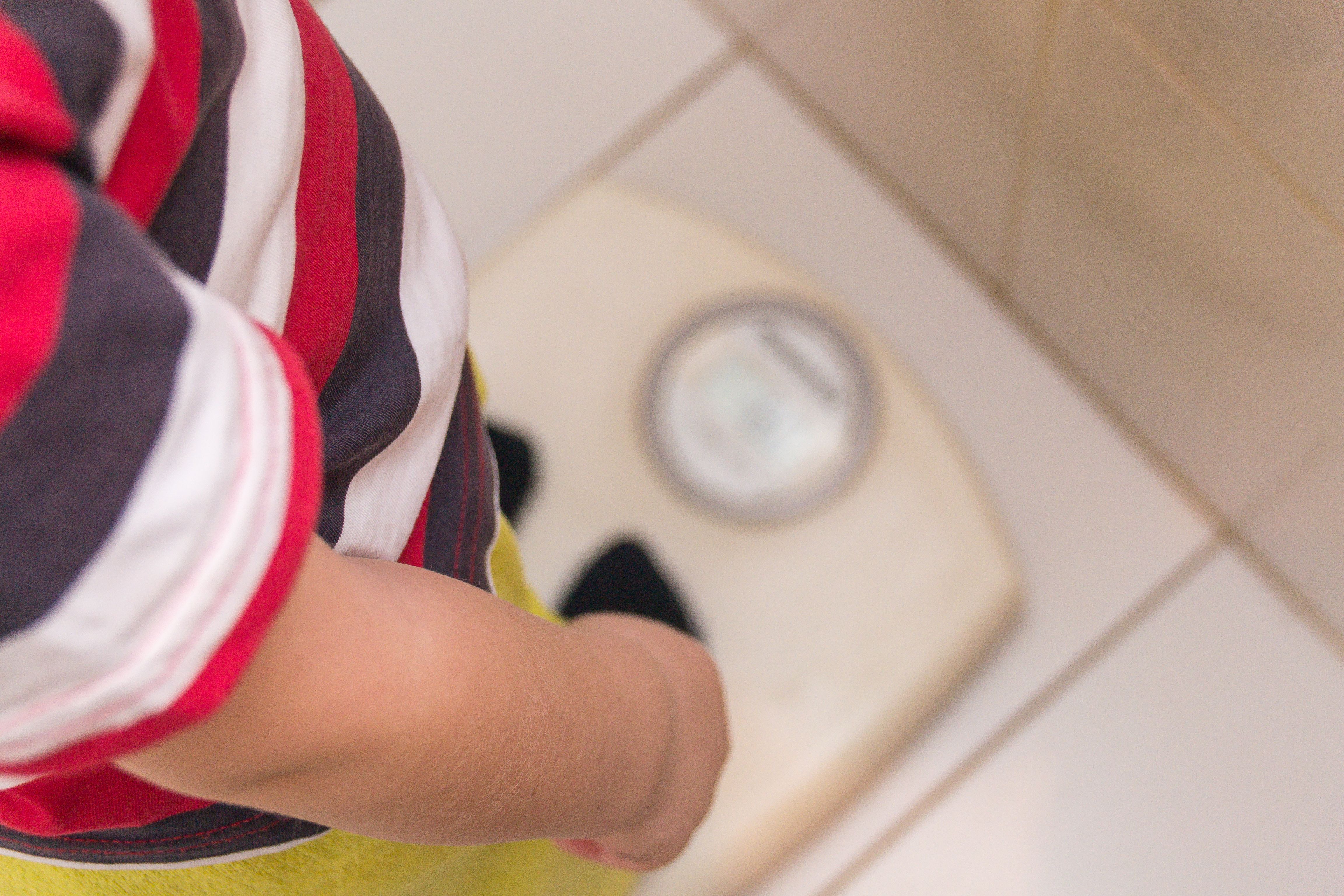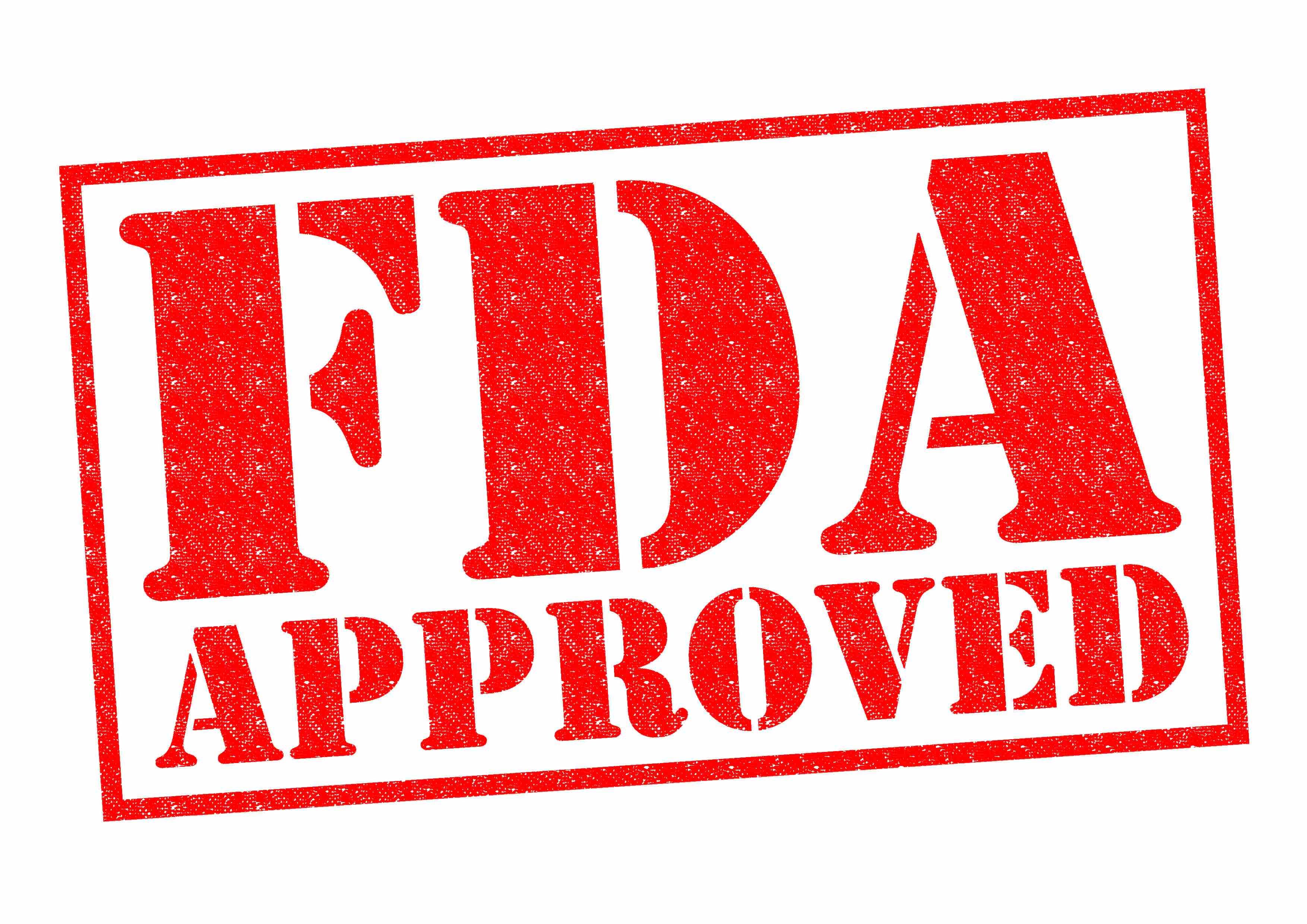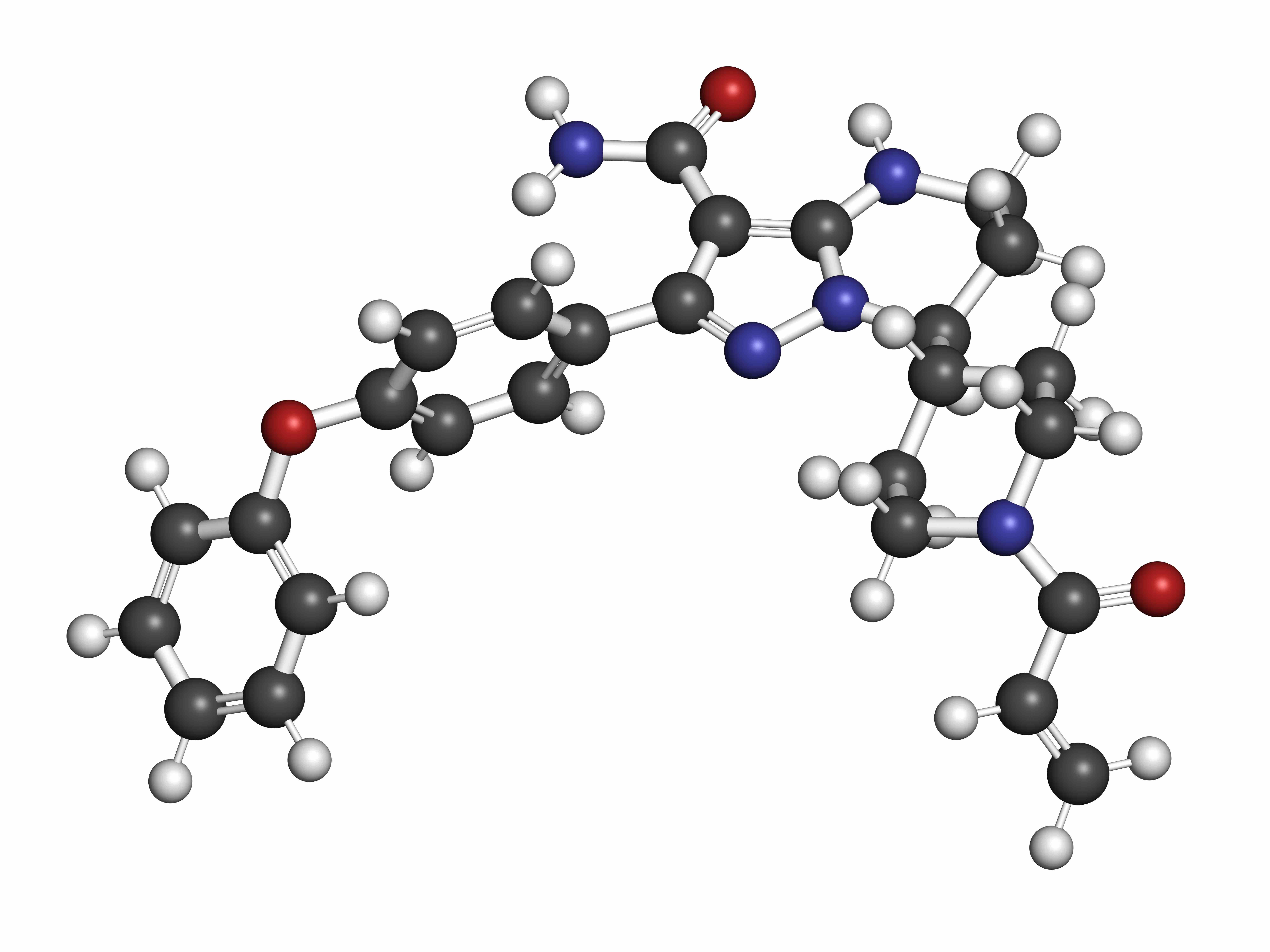Video
Dr Lee Greenberger on Using Social Media to Grow a Leukemia and Lymphoma Registry
Author(s):
In this interview, Lee Greenberger, PhD, chief scientific officer of the Leukemia and Lymphoma Society, discusses key takeaways from using social media to grow a leukemia and lymphoma registry.
Lee Greenberger, PhD, chief scientific officer of the Leukemia and Lymphoma Society (LLS), discusses key takeaways from the creation of a leukemia and lymphoma registry using social media.
Transcript
You participated in a session during ASH about the use of social media to develop a leukemia and lymphoma registry. What were key takeaways?
This was in LLS’s sweet spot, because the social contacts with our patients, as well as any advocacy organization that’s strong, has direct contact with patients. The way the registry was set up will allow us to go out directly to the patient population. Not only that, [but with] the way the registry was set up, we can get information from patients and then go back to the patients if there were additional questions. That's a unique feature of this registry, and we did that multiple times to either confirm diagnosis to patients who are asking us, “What is this low anti-spike or no detectable mean?” and to have that we could have that conversation. When the registry opened… at the time, sort of vaccines came online in December, January, right? We opened up the registry in February—by March, we were fully open.
We had thousands of patients that registered. Why did they register? One [reason] is people wanted to know, “Am I responding to the vaccine?” And we did that by a surrogate, looking at the ability to make antibodies in response to the vaccine—the anti-spike antibodies. We not only sent them to LabCorps around the country—they could go anywhere they want and we paid for a free blood test—but that information came back to LLS, so we were informed about the whole population, and the individual patient got the result as well. What that meant was [there were] patients who said, “Oh, my God, no detectable antibodies, warning sign.” Some of those patients said, “Okay, I'm not protected,” or some of those patients went back to their clinicians and said, “Here's the data. What does it mean?” So that was a very valuable experience.
What we did to actually get the message out was we broadcast the that the registry is open to 600,000, patients, caregivers, researchers, and physicians. We also got picked up by many media contacts, so we got the word out there that way. We used all the LLS resources that we already had in place to get the message out, so the uptake of the registry was unbelievable. We thought when we opened up this registry in terms of response to vaccine, we would have 200, maybe 300 patients. Within 2 months after was open, we had like 2000 patients. We've built that up to 12,000 patients.
Not only that, but we have electronic health care records from 6000 of those patients. What that means is that we ask patients, “Did you get vaccinated? What were your side effects? Did you get COVID? And here's your anti-spike response to the vaccinations.” And we got the electronic health care records from many of those patients. So, when patients said, “I've had rituximab,” we can confirm that and [and ask], “When did you exactly have it? And what did you have it with?” And we know, for example, with rituximab, which is a B-cell suppressive therapy, we were able to go back and say, “You know, if you've had rituximab within the last year, you're not likely to make anti-spike antibodies.” And it made perfect sense because rituximab is a B-cell suppressive therapy and can last 6 to 12 months after the therapy is done. So while a patient [would be] saying, “Well, I've had rituximab 6 months ago, I'm protected.” You're not. And so that was a very important lesson that we learned along with other clinicians and other people who were looking at this collectively. We learned that with B-cell suppressive therapies, some of them have long-term B-cell suppression and other ones don't. We know with the BTK inhibitors very commonly used in CLL patients, that some patients did not make antibodies while others do—we still don't understand why. It has implications for future vaccinations, whether it’s COVID or otherwise. My point is, we used all the social media channels that we built up over the years and deployed that to the registry—and that's why it was so effective.
2 Commerce Drive
Suite 100
Cranbury, NJ 08512
© 2025 MJH Life Sciences® and AJMC®.
All rights reserved.




